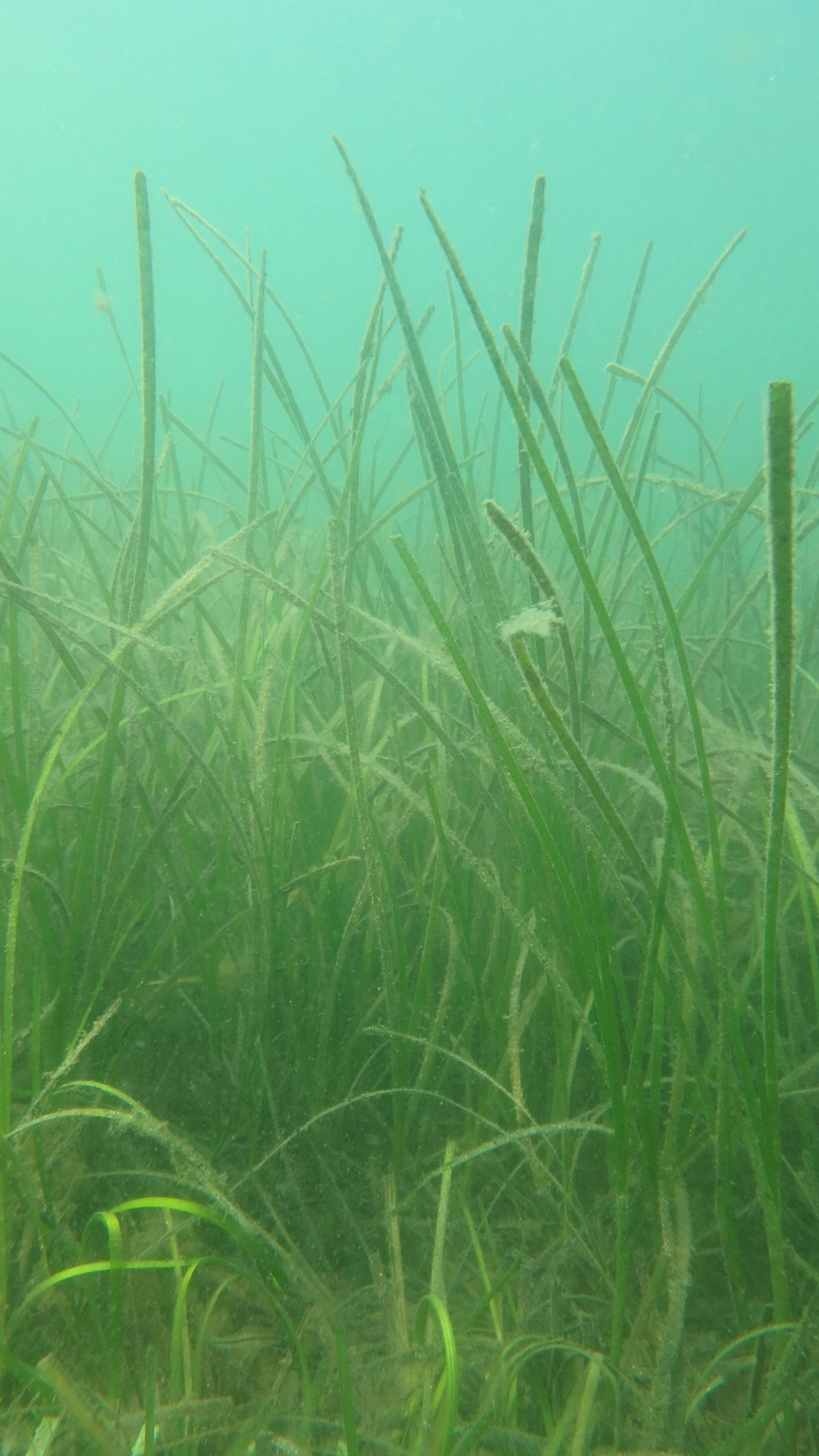A study in Florida Bay, one of the largest global contiguous seagrass systems, examined if a phytotoxin that accumulates as seagrass ecosystems become more enriched in nutrients prevents a marine seagrass, turtlegrass, from recruiting into open bare sediment following die-off events. While they do “bounce back,” long-term monitoring indicates the timeframe for recovery after major die-off events is at least a decade. Turtlegrass can successfully recruit into open bare sediment following die-off events due to biomass partitioning.
Tag: seagrass

Excess Nutrients Lead to Dramatic Ecosystem Changes in Cape Cod’s Waquoit Bay; The Bay Is a Harbinger for Estuaries Worldwide, Say Researchers
When the Covid-19 pandemic hit in 2020 with associated travel restrictions, Matthew Long thought his students could shift their overseas research projects to instead study the seagrass meadow ecosystem in Waquoit Bay. It’s a shallow, micro-tidal estuary on the south side of Cape Cod in Massachusetts, near the Woods Hole Oceanographic Institution (WHOI) where Long is an associate scientist in the Marine Chemistry and Geochemistry Department.
NSF grants $2.5M for seagrass, marine ecosystem research
The National Science Foundation’s Division of Ocean Sciences and Environmental Biology awarded a four-year, $2.5 million grant to Drew Harvell, professor emeritus in ecology and evolutionary biology at Cornell University, to examine the transmission pathways of seagrass wasting disease in coastal meadows.